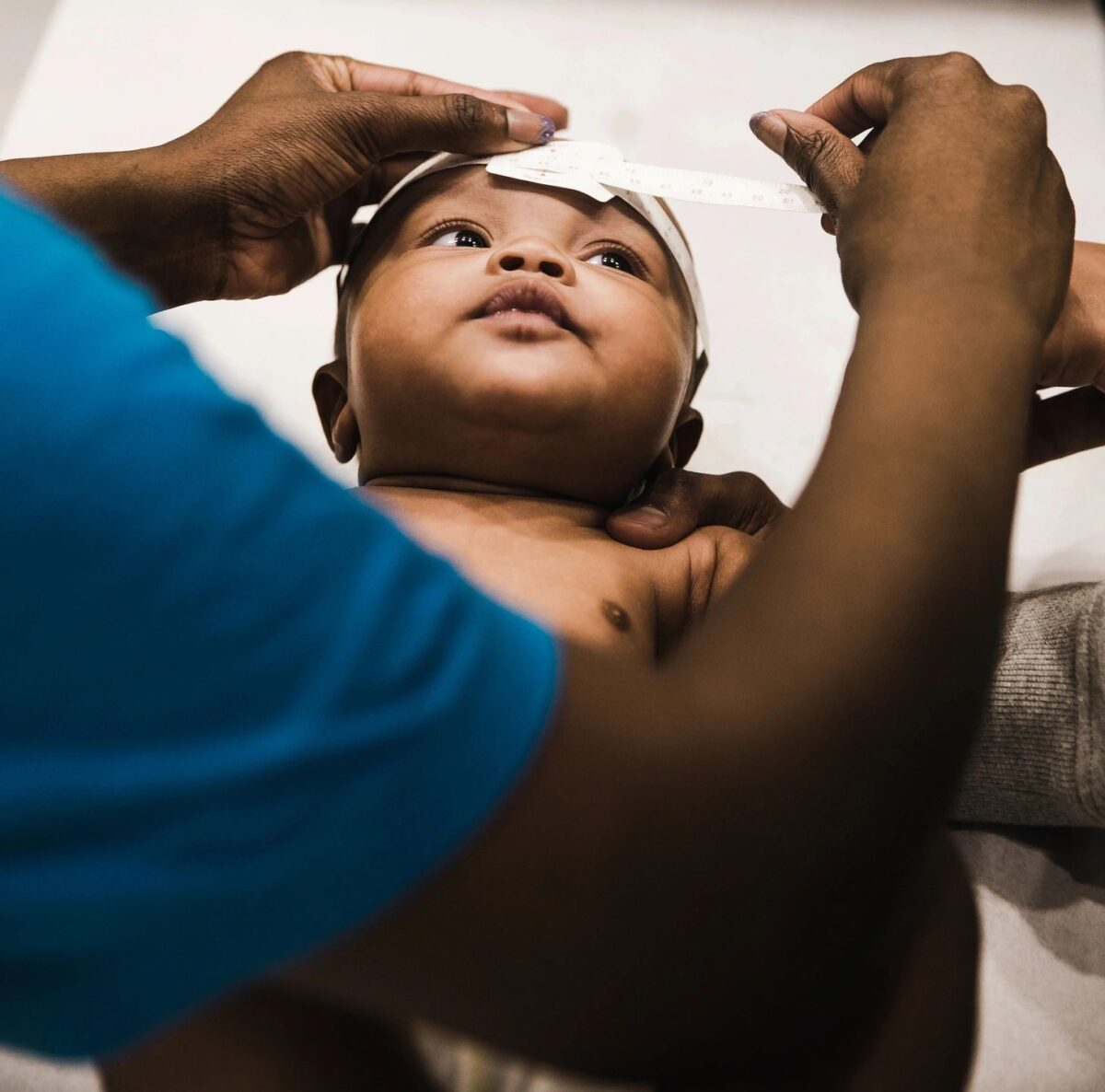5 Facts About Birth Injury Lawsuit Evidence
Having a newborn with a birth injury due to medical malpractice negligence is utterly devastating. So is being a mother who is the victim of birth injury medical malpractice negligence. When these heartbreaking scenarios occur, seeking legal help is often a priority for individuals and families. And evidence is the engine that drives the train to justice and fair financial compensation. Here are five facts about birth injury lawsuit evidence: 1. A case must be provable. In order for any legal case to be successfully settled, harm caused by a breach of duty of care must be proven via hard evidence. Hearsay...
Continue reading











